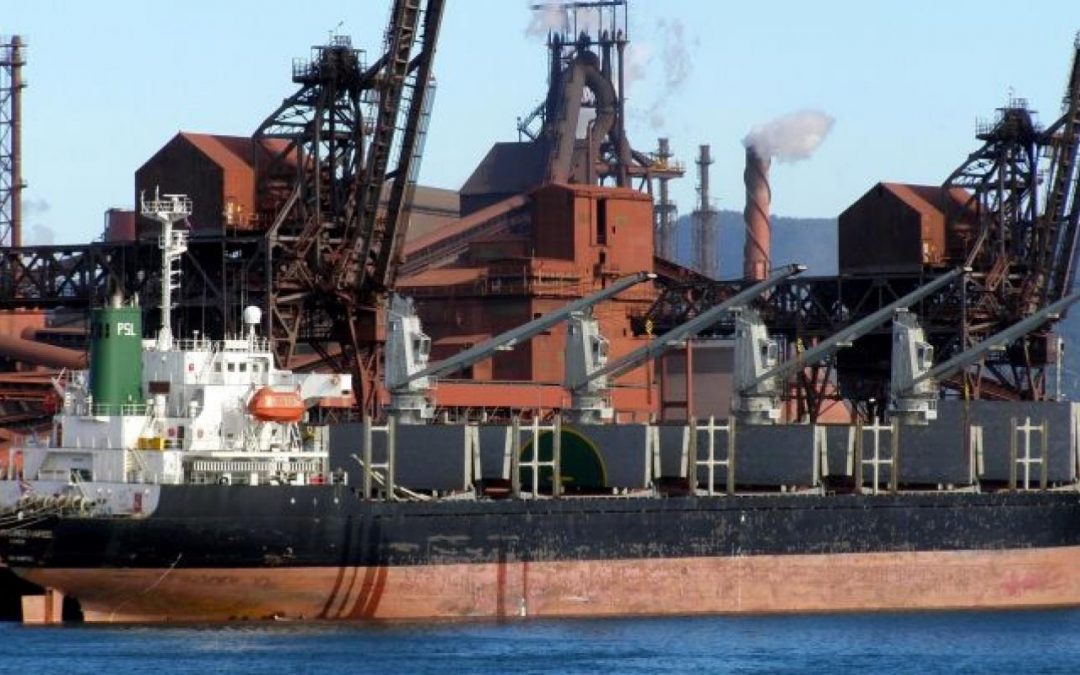Dry bulk shipping looks set to face a challenging year ahead despite having enjoyed an “unseasonably robust start” to 2021, according to Bimco.
Overcapacity could once again hamper shipowners’ and operators’ ability to make a profit, especially as currently low bunker prices, which supported profits in 2020, are rising again, noted Bimco’s chief analyst Peter Sand.
The very low sulphur fuel oil (VLSFO) grade in Singapore was indicated at $414 per metric tonne (pmt) on 1 January before hiking 25% to $518 pmt on Wednesday, according to data from Ship & Bunker.
“The dry bulk industry has enjoyed an unseasonably robust start to 2021. Average earnings in January were much higher than in recent years, because the usual seasonal slump in cargoes was delayed,” wrote Sand.
“However, at the start of February, the capesize market saw average earnings fall steeply, from around $25,500 per day to just $12,057 per day on 8 February. After this, they seemed to turn a corner and rose to $15,856 per day on 17 February, still well below their break-even level,” he recalled.
After the strong start to the year, cargoes and tonne-mile demand fell in February, as the Chinese Lunar New Year lowered economic activity in China.
Moreover, the Chinese government’s aim of moving towards a more consumer-driven economy could threaten the continuation of strong imports of dry bulk goods, which was aided by infrastructure and industry-supporting stimulus measures, Sand noted.
“Stimulus packages in the rest of the world have focused more on securing the demand side of the economy – policies that benefit container shipping more than dry bulk. With the crisis still continuing and governments still focused on supporting individual consumers, infrastructure-heavy stimulus projects in many countries still appear a long way off, with no guarantee that they will materialise, and therefore cannot be counted on to provide the fuel for a dry bulk recovery,” he said.
In terms of capacity supply, Bimco expects growth in the dry bulk fleet in 2021 to be the lowest for many years at around 2%, with some 27m dwt expected to hit the waters, around half of the 48.9m dwt delivered in 2020.
Demolition, on the other hand, is expected at 9m dwt, down from 15m dwt last year.
“After an unusually strong start to the year, seasonality has caught up with the dry bulk market. Coupled with a slow recovery in global economic activity, it looks set to be another challenging year,” Sand said.
Source: Seatrade Maritime






